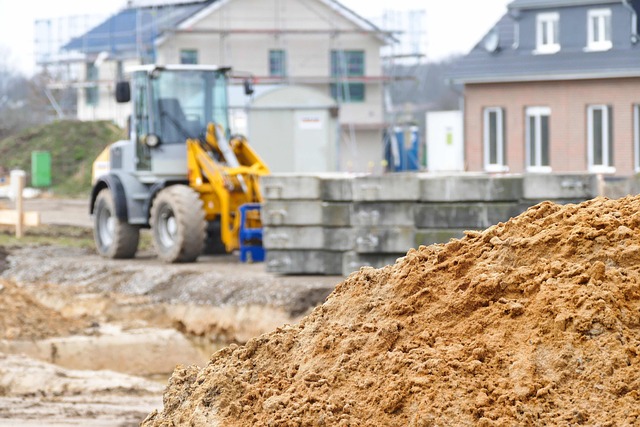Dilapidations & Section 18 Valuation
Having clear advice from a professional regularly dealing with dilapidations is key to understanding dilapidations and Section 18 valuations. Vickery Holman’s team of surveyors are not only able to provide advice on the defects and fabric repairs required, but also the impact on value. These different aspects of dilapidations are often undertaken by separate surveying practices. However, at Vickery Holman we have both building surveyors and valuers who are able to fulfil these different tasks seamlessly.
What are Dilapidations?
Dilapidations relates to breaches of tenant’s lease obligations, relating to repair, which can include reinstatement and redecoration. For many, dilapidations simply mean repairs and the cost of doing the works.
What is Section 18?
The purpose of Section 18 (1) was to correct a perceived inadequacy in Common Law back in 1927 at which time it was apparent that Landlords were able to successfully claim through the Courts for loss which they had never truly suffered (Joyner v Weeks (1891). The intended effect of Section 18 (1) was therefore to deprive the Landlord of a windfall.
Section 18 (1) of the Landlord & Tenant Act 1927 limits a landlord’s claim against a tenant for a breach of repairing obligations to the amount by which the landlord’s reversionary interest has diminished in value due to the disrepair.
It is a statutory provision which enables valuations to be prepared to assess the loss in value to the landlord’s interest in the property because of the repairs not being undertaken by the tenant. Two valuations are involved. The first is the value assuming the tenant had complied with their repairing obligations under the lease. It is important here to remember, it is the condition in which the lease required the tenant to hand back the property, not an assumption the whole property is in good condition. The second, is the value in the actual condition of the property at the end of the lease.
Diminution in Value
The difference between the two valuations is called the diminution in value. If the diminution is less than the cost to the landlord of doing the works, the landlord can only recover the lower figure.
The implications of a Section 18 valuation
Your building surveyor must still negotiate the best position for you on the legitimate elements of the Schedule of Dilapidations. Then your valuer, working closely with your building surveyor, can undertake the Section 18 valuations.
Section 18 relates only to repairs. Decoration and reinstatement of alterations are frequently included in the Schedule but, technically fall as a separate claim. It is however generally accepted that assessing the loss to the landlord of these items is on the same basis as the approach under Section 18. They tend therefore to be considered under one set of valuations.
The valuer must consider whether there are items in the Schedule which do not impact on the property value. Pre COVID-19, assessing market value was a relatively straightforward process in identifying the issues and market sentiment. Today, we have uncertainty on values due to the pandemic and the subsequent economic uncertainty following inflation, interest rates and cost of living crisis in 2022 into 2023. It is too soon to see the impact on market values but for any leases ending in 2023, this will be of greater relevance to Section 18 valuations. There may well be property sectors where, even if the tenant had maintained the property correctly, the landlord would have a material problem in re-letting or selling or can do so only by offering concessionary terms.
If so, it may be argued that part, or possibly the whole of the defects included in the Schedule of Dilapidations, even if remedied, would not enhance the value of the landlord’s interest. That will reduce the diminution in value under Section 18 valuations, to the benefit of the tenant. It will also increase the obligation on landlords to consider the Section 18 position at an early stage rather than pursue an unfounded claim for dilapidations.
So now is a time, more than ever, for the parties to ensure Section 18 valuations do feature in their consideration of the dilapidations liability.
We are always happy to chat, so please do contact our Building Surveyors or Valuers to discuss further your requirements re dilapidations & Section 18 valuations.





